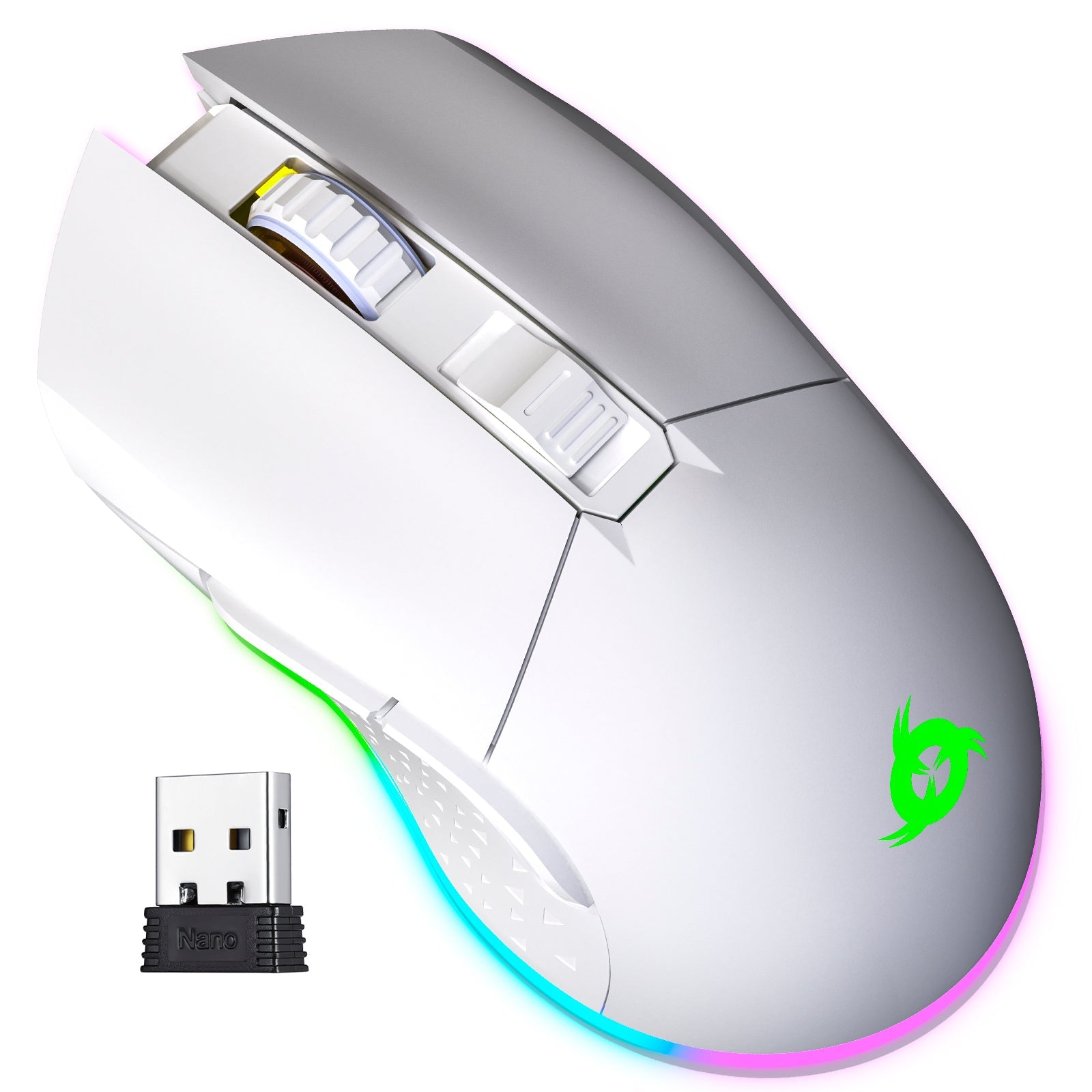CSGO Chronicles: Unfolding the Gaming Universe
Dive into the latest news, tips, and trends in the world of Counter-Strike: Global Offensive.
Clicking with Precision: Why Your Mouse Matters More Than Your Game
Discover why your mouse can make or break your gaming experience! Unlock precision and elevate your gameplay like never before!
The Impact of Mouse Sensitivity on Gaming Performance
Mouse sensitivity is a critical factor in gaming performance, as it directly affects a player's ability to aim and react quickly in fast-paced environments. When the sensitivity setting is too high, even a slight move can lead to drastic changes in cursor position, making it challenging to maintain accuracy. On the other hand, low sensitivity settings may allow for greater precision but require larger physical movements, which can slow down reaction times. Gamers, particularly in competitive scenarios, must find the right balance that suits their playstyle, often adjusting mouse sensitivity to optimize their performance based on the specific game and their individual preferences.
Furthermore, understanding and adjusting mouse sensitivity is essential for developing muscle memory, a vital aspect of gaming proficiency. Players who consistently use a particular sensitivity setting can train their hands and reflexes accordingly, leading to improved performance over time. Many professional gamers advocate for lower sensitivity settings, as these allow for finer control and accuracy during gameplay. To ensure the best results, gamers should regularly assess their mouse sensitivity configurations and make incremental adjustments, testing their effectiveness in practice matches or training modes before committing to them in high-stakes situations.

Choosing the Right Gaming Mouse: Key Features to Consider
When it comes to choosing the right gaming mouse, there are several key features that can significantly enhance your gaming experience. First and foremost, consider the sensor type. A high-quality optical or laser sensor can provide superior accuracy and responsiveness, crucial for high-paced gaming. Additionally, you should look into the mouse's DPI (dots per inch) settings, as higher DPI allows for faster movements and greater precision. Most modern gaming mice come with adjustable DPI settings, so you can customize your sensitivity based on your personal preferences.
Another important aspect to evaluate is the ergonomics of the gaming mouse. A comfortable grip can make a significant difference during extended gaming sessions, reducing fatigue and improving control. Consider the mouse weight as well; some players prefer lightweight mice for quick maneuvers, while others might opt for heavier ones for added stability. Finally, you’ll want to think about programmable buttons. These can offer a competitive edge by allowing you to set up macros or quick access to important commands. In conclusion, understanding these essential features will help guide you in selecting a gaming mouse that suits your unique style and needs.
How Mouse DPI Settings Can Change Your Game Strategy
Mouse DPI settings play a crucial role in how players interact with their games, influencing precision and response times. DPI, or dots per inch, measures how far the cursor moves on screen relative to the physical movement of the mouse. A higher DPI allows for quicker movements, which can be advantageous in fast-paced games where every second counts. However, it’s vital to find a balance, as extremely high DPI can lead to overshooting targets or misalignment, making it difficult to aim accurately. Determining the right DPI setting can not only enhance your reaction time but also improve your overall effectiveness in navigating complex game environments.
Adjusting your mouse DPI can significantly alter your game strategy. For instance, in FPS games, many players prefer lower DPI settings, typically around 400 to 800, allowing for greater precision when aiming at distant targets. Conversely, in real-time strategy (RTS) games, a higher DPI may facilitate faster navigation across expansive maps. Players must assess their individual play style and the specific requirements of each game to optimize their settings. Experimenting with different DPI levels while remaining aware of their impact on gameplay can be the key to gaining a competitive edge.